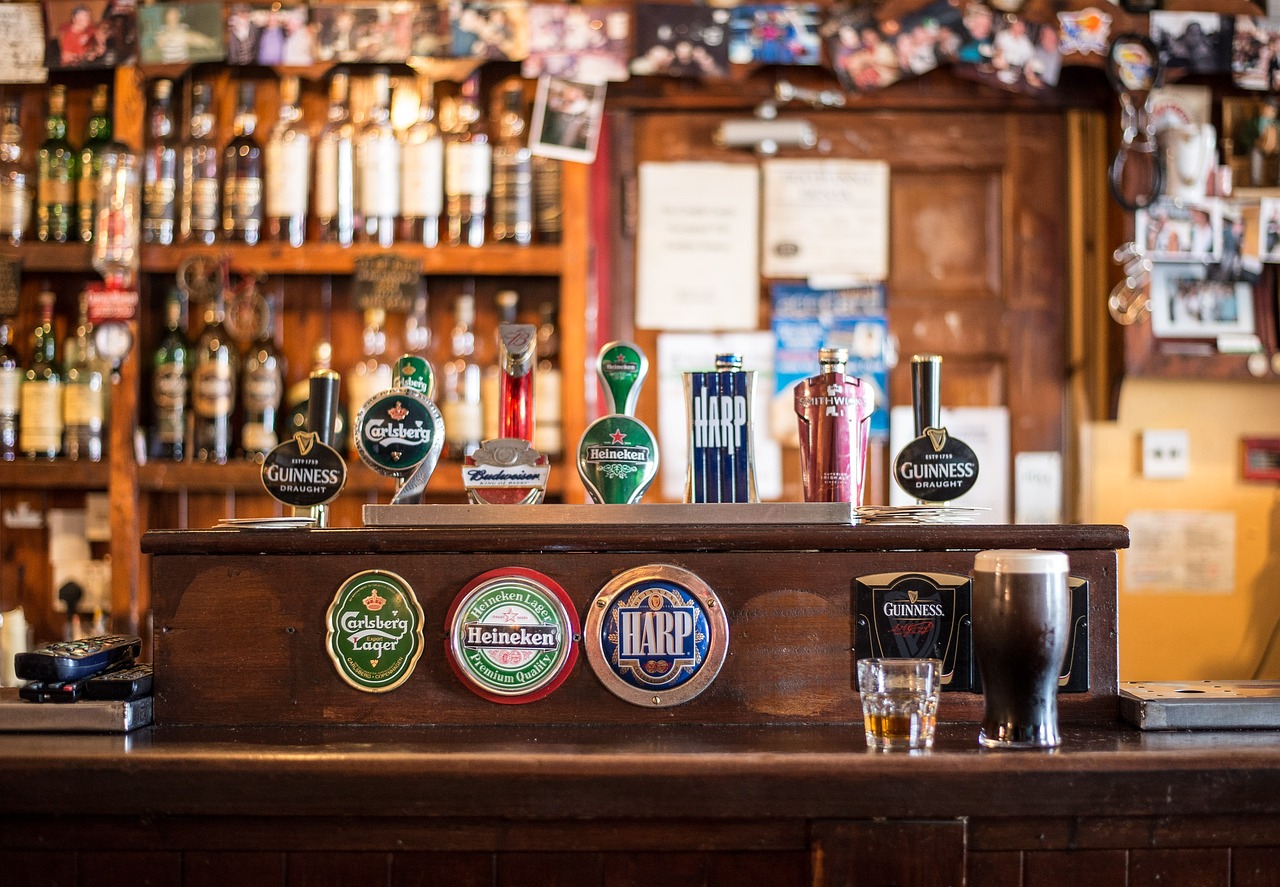While Eros in Greek mythology and his Roman counterpart Cupid are commonly recognized as the quintessential deities of love, they are far from the only divine entities associated with romance.
Irish mythology is filled with narratives of ill-fated lovers, prominently featuring Aengus Óg, the god of love and youthful joy. Often found intertwining within these tales, Aengus Óg represents a captivating figure within this rich tradition.
The Many Names of Aengus
In Irish and Celtic lore, the spelling of the name of the love god is not consistent. He is known under various spellings such as Aenghus, Aengus, Angus, and several others. A shared point of agreement is the suffix “Óg,” which signifies “young.” Therefore, Aengus Óg can be translated to “Aengus the Young.”
Delving into his first name, “Aengus” is believed to derive from proto-Celtic terms that mean “one” and “strength,” indicative of his character. However, interpretations vary, with many suggesting that it embodies the concept of “true vigor.”
Additionally, Aengus Óg is sometimes referred to by another name, Mac Óg, with variations like Maccan Óc and Mac Óc. This title is generally understood to mean “the young son” or “the young boy,” a fitting descriptor given Aengus’s youthfulness and appearance.
A Physical Description
Aengus Óg was celebrated for his stunning and youthful visage, with a most distinguishing feature: a group of four birds that perpetually circled his head. These birds were seen as embodiments of his kisses, possessing the enchanting ability to influence romance much like Cupid’s arrows.
In addition to his romantic attributes, Aengus Óg was equipped for warfare. He wielded four legendary weapons bestowed upon him by the sea-god Manannán mac Lir: two notable swords, Great Fury and Little Fury, along with two spears known as the Red Javelin and the Yellow Spear.
Aengus Óg later entrusted these storied weapons to his foster-son, Diarmuid Ua Duibhne, a renowned warrior from the Fianna.
Lineage and Legacy
The lineage of Aengus Óg reveals him to be the son of the Dagda, the chief of the gods, and Boann, a goddess associated with water, whose name means “she of the white cattle.”
Boann was married at the time to Elcmar when the Dagda took an interest in her. In a rather unusual turn of events, the Dagda sent Elcmar off on a journey that lasted nine months while he made his advance, resulting in Aengus Óg’s birth, much to the oblivion of his unsuspecting father.
Aengus’s extraordinary origin led Boann to affectionately denote him with the title Óg, acknowledging that he was conceived at an early hour and born by twilight, as noted in Irish mythological texts.
In addition to being a father figure to Diarmuid, Aengus Óg played a pivotal role in assisting him and his love interest, Gráinne, in “The Pursuit of Diarmuid and Gráinne.” Following Diarmuid’s tragic fate at the hands of a transformed boar, Aengus Óg miraculously revived him briefly, showcasing his capabilities reminiscent of his father, the Dagda, who had the power to both slay and restore life with his staff.
Aengus’s Enchanted Abode
Where does a love god reside? Aengus Óg dwelled in Brú na Bóinne, located in contemporary County Meath, approximately 25 miles north of Dublin. This historic site is home to three distinguished passage tombs: Knowth, Dowth, and Newgrange, with Newgrange being the most iconic.
The narrative concerning the Milesians and their conquest of the Tuatha Dé Danann leads to Aengus being deprived of official occupancy of Brú na Bóinne. In their defeat, each god was assigned a hill to call home. However, Aengus cleverly tricked his father into granting him eternal residence at his beloved palace, asserting his reputation as both a cunning poet and a trickster.
The Quest for Love
In the tale “The Dream of Aengus,” Aengus Óg becomes enamored with a captivating maiden seen in his dreams, embarking on a quest to find her. He sought his mother Boann’s assistance, who directed him to her brother Bodb Dearg for help.
Bodb identified the enchanting maiden as Cáer Ibormeith, daughter of Etal Anubhail from the sídhe in Connacht. Aengus, determined to win her love, sought the help of the local king and queen, but Ethal informed Aengus that Cáer had transformed into a swan. To be with her, Aengus had to identify her among many swans on the Feast of Samhain and convince her they were destined to be together. With his charm and finesse, Aengus successfully recognized Cáer, and they lived contentedly together at the palace by the Boyne.
In Conclusion
The tales woven through Irish mythology reveal complex characters like Aengus Óg, a god of love whose stories encapsulate beauty, wit, and the trials of romantic endeavors, all set against the backdrop of enchanting landscapes and rich heritage.



